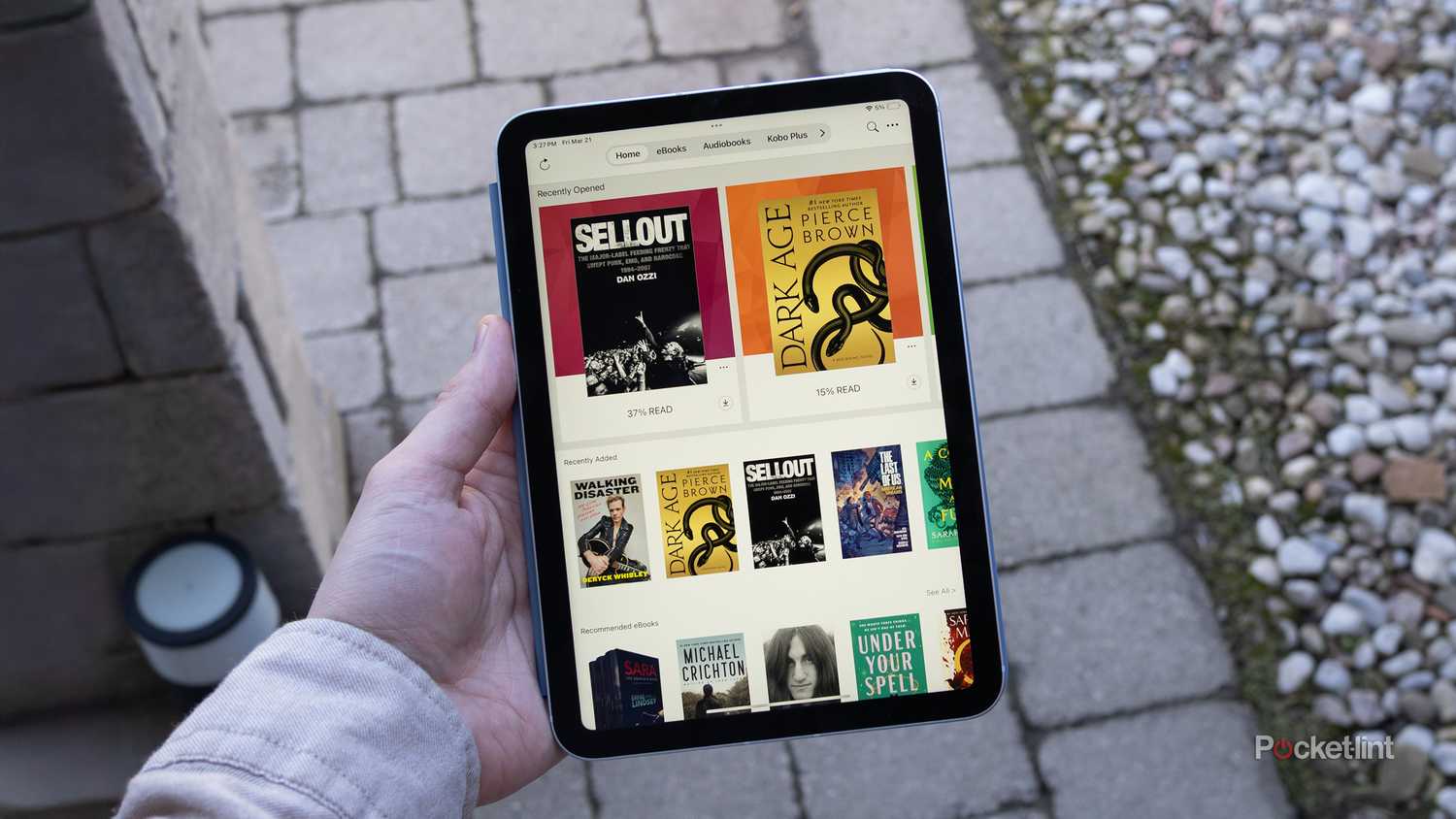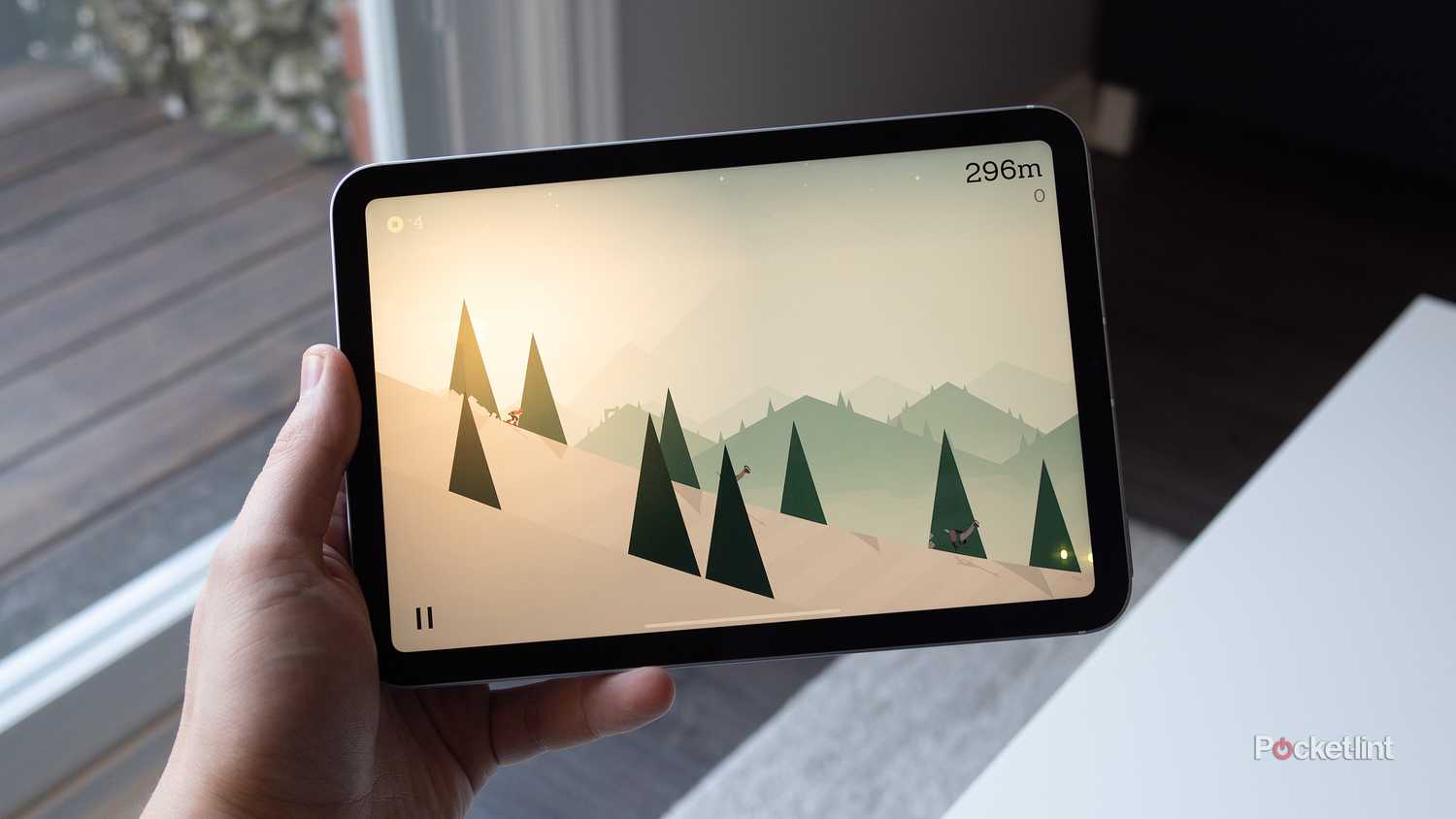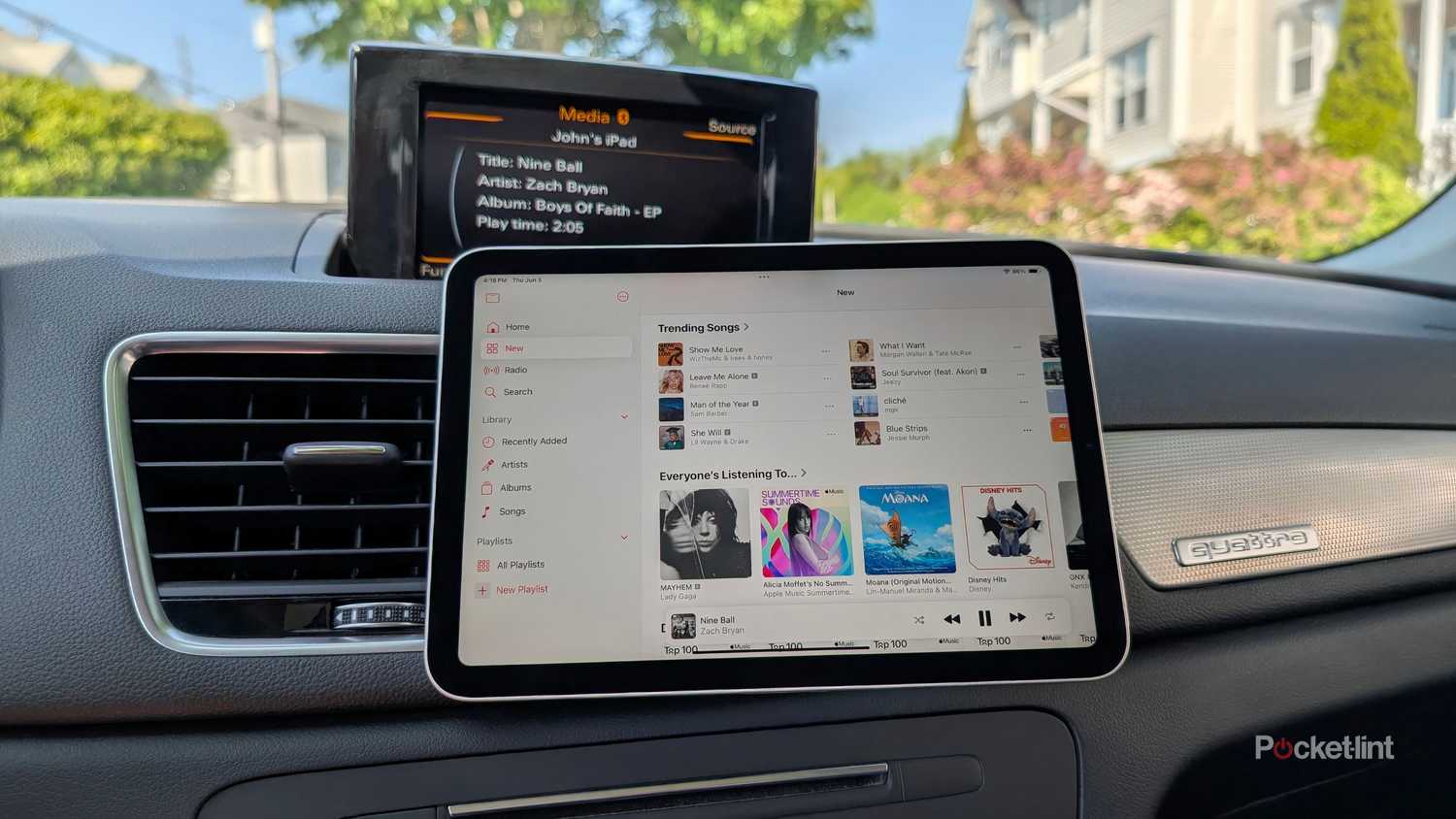Summary
- The iPad mini is a quality product, but hasn’t really gone anywhere outside of serving a few niche markets, like pilots and mobile gamers.
- The core problem seems to be iPadOS, which is optimized for larger displays, and just doesn’t have much raison d’etre on a mini versus using an iPhone.
- To avoid the fate of the iPhone mini, it may be necessary to upgrade the tablet to an M-series processor, and redesign iPadOS — or at least, change how the software functions on smaller screens.
It’s almost tough to remember now, but the original iPad mini (launched in November 2012) was a solution to a recurring complaint with iPads: size and weight. Indeed, earlier that year, Apple released the third-generation 9.7-inch iPad, likely its heaviest tablet ever.
I myself bought the Wi-Fi + Cellular version, which was 1.46 pounds (0.66 kilograms). That’s nearly half a pound more than 2024’s 11-inch iPad Pro — holding it in one hand was impossible for more than two or three minutes. The mini lacked a Retina display, but at no more than 0.69 pounds (312 grams), you could plausibly treat it like a high-powered Kindle. And with a 7.9-inch screen, it was a lot easier to stash in a bag or backpack.
To this day, each new mini has built up a loyal fanbase. But even those people would have to admit that the lineup has been spinning its wheels for a while. I feel like Apple is approaching a crossroads, and if it can’t help the mini live up to its potential, we could see it fall by the wayside completely, joining the iPhone mini in the tech graveyard.
- Brand
-
Apple
- Storage
-
128GB, 256GB, 512GB
- CPU
-
A17 Pro
- Operating System
-
iPadOS 18
Apple’s 7th generation miniature-sized iPad, complete with an A17 Pro chip for full-fledged Apple Intelligence support.
What’s wrong with the iPad mini?
Stuck in the middle
On a hardware level, virtually nothing. The 2024 model still lacks a Smart Connector for a Magic Keyboard, as well as USB 4/Thunderbolt support, but those aren’t deal-killers for a device that’s not meant to be a (total) laptop replacement. It’s hard to imagine myself getting much work done on an 8.3-inch screen, never mind a keyboard small enough to match it.
Its display is sharp and colorful. On the inside, it has an A17 Pro chip, which is fast enough for Apple Intelligence, as well as most apps you’d like to run. Its dimensions enable some unique possibilities, too. Pilots frequently carry a mini as an electronic flight bag (EFB), making it easier to go over charts and manuals in a cramped cockpit. Gamers can attach specialized controller mounts like the Razer Kishi Ultra, turning it into a high-powered Switch alternative. And some auto enthusiasts have taken to mounting them on dashboards, making CarPlay feel weak by comparison.
It’s not as versatile as an iPhone, yet it’s not as capable at productivity tasks as other iPads.
The real issue is iPadOS. It’s functional on the mini — you can open three or more windows using iPadOS 26 — but also clearly optimized for bigger devices. The dock alone can take up a significant amount of homescreen space. I’m not sure that I’d want to use a mini at all if it weren’t for the More Space option, found under Settings > Display & Brightness > Display Zoom, which crams more content onscreen. Even with that active, it sometimes feels like my wife’s tiny old Windows tablet allowed for more work room.
Media consumption is the product’s forte, but it’s increasingly hard to justify a $500-plus price tag for that in light of what you get with an iPhone. The iPhone 17 has a 6.3-inch display that’s not only good enough for books and videos, but likely better than what Apple has planned for the next mini. That’s because it should have a 120Hz OLED panel, enabling smoother framerates and better contrast than the 2024 mini’s 60Hz LCD. Some rumors have pointed to the mini 8 jumping to OLED as well — yet I have my doubts, considering that the iPad Pro only recently made the leap.
As things are, the mini is stuck in a strange middleground. It’s not as versatile as an iPhone — let alone a foldable, like the Samsung Galaxy Z Fold7 — yet it’s not as capable at productivity tasks as other iPads. The people who need a mini truly need one. But a lot of iPhone 12 mini and 13 mini owners likely felt the same way, and they’ve been thrown under the bus in favor of Plus and Air devices. To hold its own, the mini may need to be fully optimized, doing things that no other iPad can do beyond just being small and light.
The solution to the mini conundrum
A tough nut to crack
I’ll admit, it’s difficult to come up with a comprehensive list of changes to make. I’d probably be working at Apple if I had one, and it’s not like other small tablet makers haven’t struggled with the same situation. In North America, Samsung no longer sells any tablets under 10 inches. The closest to something purpose-built is Amazon’s Fire HD 8, but that’s an under-powered product, intended to be a cheap window into Amazon services and nothing more.
Something that might quickly change the game for the mini is a switch to an M-series processor. That would let minis use external displays as an expanded workspace, making it possible to get real work done at home or the office, if not on the road. Apple would need to pair that with a USB 4/Thunderbolt port, since most monitors rely on some form of DisplayPort compatibility these days.
At some point, it has to be acknowledged that people with bad eyes probably shouldn’t be buying a small tablet. It’s like buying a fixie bike and wondering why you can’t ride the trails that well.
In the long term, Apple may have no choice but to redesign iPadOS, or simply fork how it presents on the mini. It could start by shrinking the dock further on smaller screens, and eliminating any other example of wasted space it can think of. Turning on More Space always helps a little, but Apple is so determined to be friendly to butterfingers and poor eyesight that its layouts continue to interfere with onscreen real estate. At some point, it has to be acknowledged that people with bad eyes probably shouldn’t be buying a small tablet. It’s like buying a fixie bike and wondering why you can’t ride the trails that well.
All of this could be unpalatable to Apple, which prefers to make evolutionary changes to products whenever possible. But clearly, the current path isn’t working — in November 2024, CIRP pegged the mini as accounting for just 9% of iPad sales. Or maybe things are humming along perfectly if the real goal is to nudge most shoppers towards the iPad Air and Pro.
Trending Products

Thermaltake V250 Motherboard Sync A...

CHONCHOW LED Keyboard and Mouse, 10...

SAMSUNG 27″ CF39 Series FHD 1...

HP Stream 14″ HD BrightView L...

HP Latest Pavilion 15.6″ HD T...













